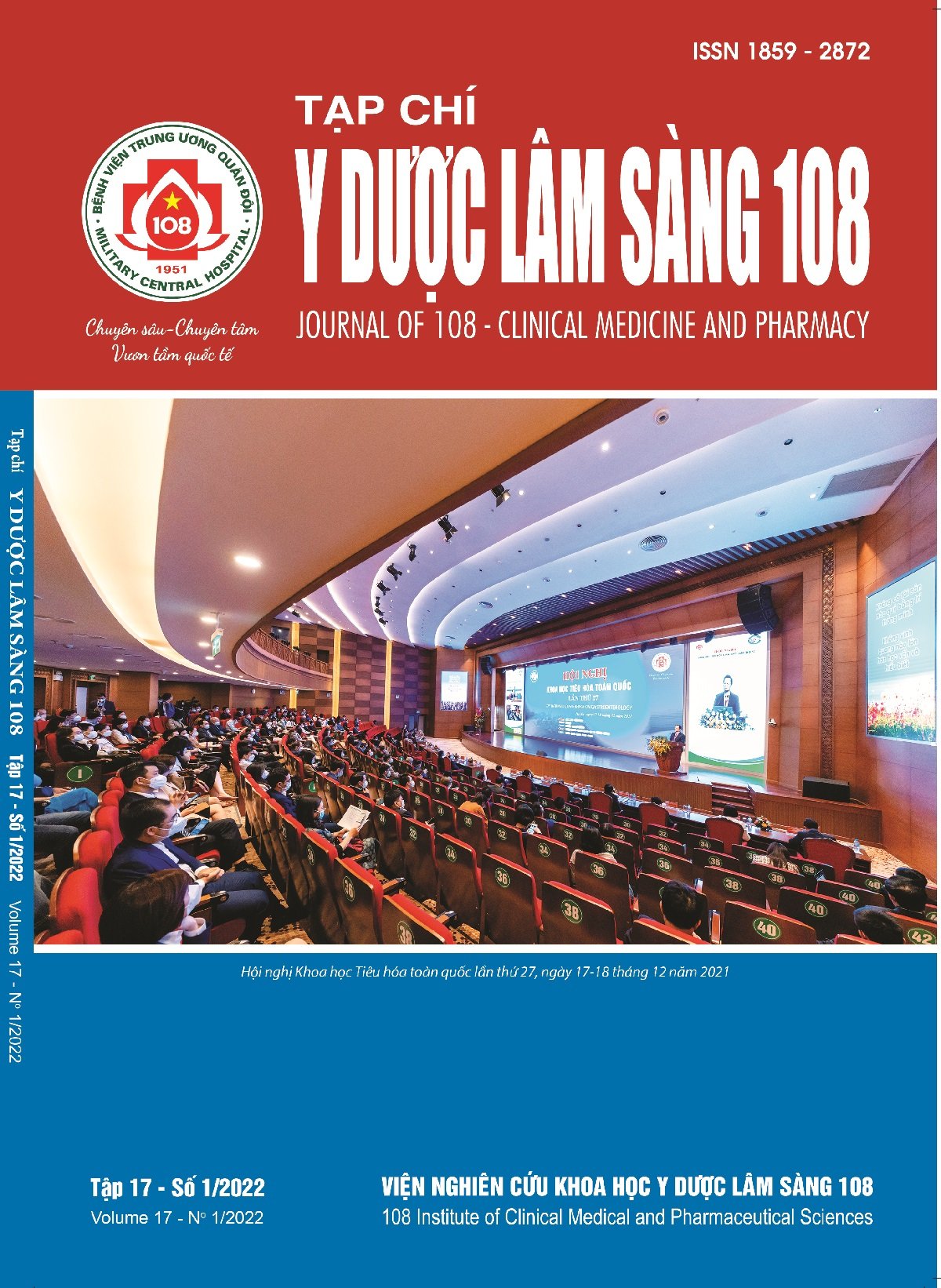Comparison of the myocardial protective effect of sevoflurane versus propofol in cardiac surgery with cardiopulmonary bypass
Main Article Content
Keywords
Abstract
Objective: The aims of study was to compare myocardial protective effects of continuous administration of sevoflurane during general anesthesia versus total intravenous anaesthesia with propofol in patients undergoing cardiac surgery with cardiopulmonary bypass. Subject and method: Fifty-six patients undergoing cardiac surgery with cardiopulmonary bypass were randomly divided into two groups of 28 each. Group S was anesthetized with sevoflurane continuously during anesthesia, group P received total intravenous anesthesia (TIVA) with propofol. Result: Group S had a proportion of pacemaker use and the heart beat recovery time after aortic unclamping, plasma creatine kinase isozyme (CK-MB) after surgery 6 hours, 24 hours and 48 hours, plasma troponin T after surgery 24 hours, the rate of using dobutamine during and after surgery were 25.0%, 83.2 ± 75.4 seconds; 55.8 ± 30.6ng/ml; 26.8 ± 16.8ng/ml and 6.5 ± 3.4ng/ml, 0.88 ± 0.89ng/ml, 32.1%, respectively lower than group P were 53.6%, 153.1 ± 127.7 seconds, 74.2 ± 35.0ng/ml, 42.1 ± 28.3ng/ml and 9.9 ± 6.4ng/ml, 1.54 ± 1.35ng/ml, 71.4%, respectively with p<0.05. However, there were not different between two groups about the time of mechanical ventilation, length of ICU/hospital stay, complication rate and mortality. Conclusion: Continuous use of sevoflurane during anesthesia in patients undergoing cardiac surgery with cardiopulmonary bypass has the effects of reducing the rate of pacemaker use and the heart beat recovery time after aortic unclamping, reducing myocardial injury and the proportion of patients necessitating inotropic support during and after surgery compared with total intravenous anesthesia with propofol.
Article Details
References
2. Bignami E, Landoni G, Gerli C et al (2012) Sevoflurane vs. propofol in patients with coronary disease undergoing mitral surgery: A randomised study. Acta Anaesthesiol Scand 56: 482-490.
3. Cromheecke S, Pepermans V, Hendrickx E et al (2006) Cardioprotective properties of sevoflurane in patients undergoing aortic valve replacement with cardiopulmonary bypass. Anesth Analg 103(2): 289-296.
4. Jovic M, Stancic A, Nenadic D et al (2012) Mitochondrial molecular basis of sevoflurane and propofol cardioprotection in patients undergoing aortic valve replacement with cardiopulmonary bypass. Cell Physiol Biochem 29(1-2): 131-142.
5. Yang XL, Wang D, Zhang GY et al (2017) Comparison of the myocardial protective effect of sevoflurane versus propofol in patients undergoing heart valve replacement surgery with cardiopulmonary bypass. BMC Anesthesiol 17(1): 1-7.
 ISSN: 1859 - 2872
ISSN: 1859 - 2872
